How-To Guide: Color Theory for Gardens
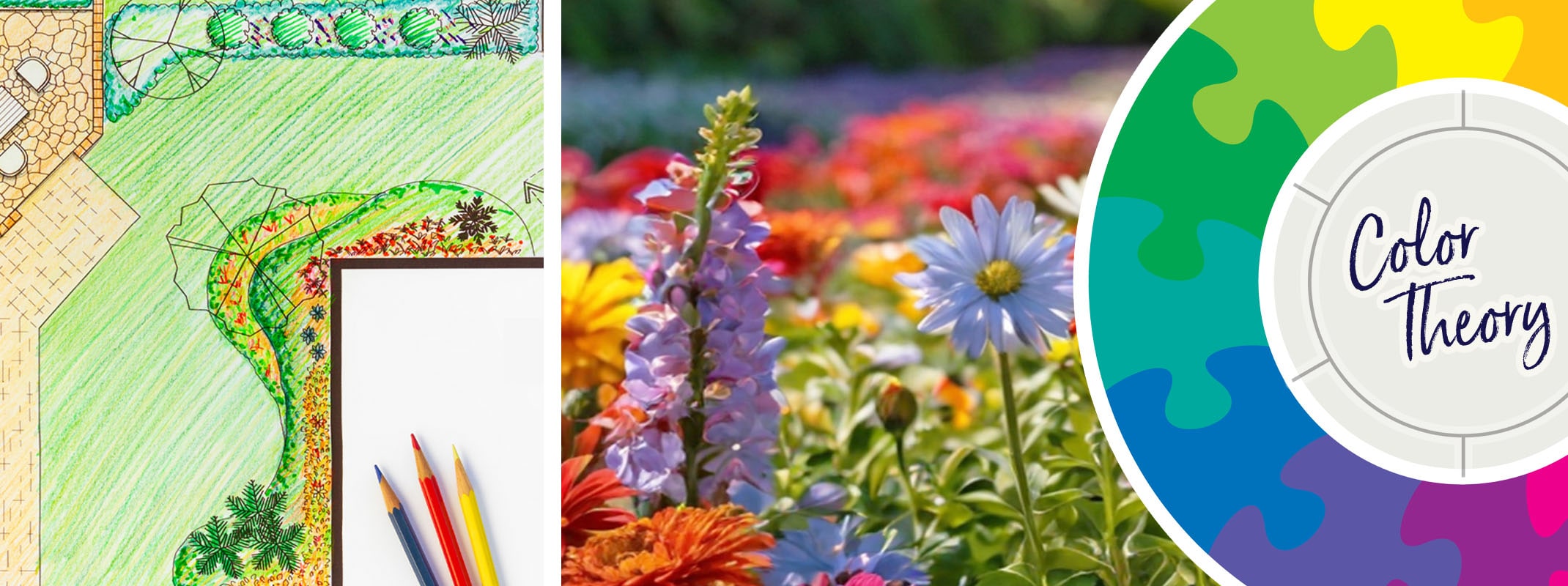 How-To Guide: Color Theory for Gardens
How-To Guide: Color Theory for Gardens
Creating a beautiful garden isn’t just about picking your favorite plants—it’s about how those colors work together to make your space feel calm, vibrant, or full of energy. With a little understanding of color theory, you can design a garden that reflects your personality, complements your home, and looks great through every season. This guide will walk you through it, step by step.
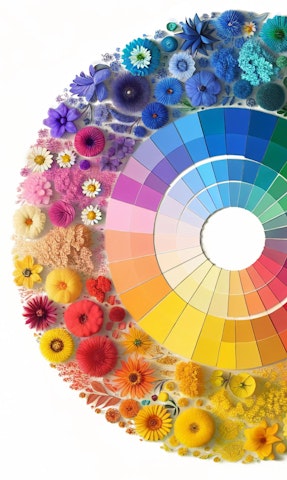
Step 1: Understanding Color Basics
The Color Wheel
- Primary Colors: Red, blue, yellow.
- Secondary Colors: Green, orange, purple (created by mixing primary colors).
- Tertiary Colors: Red-orange, yellow-green, etc. (created by mixing primary and secondary colors).
Warm vs. Cool Colors
- Warm Colors: Red, orange, yellow. These create energy and draw the eye.
- Cool Colors: Blue, green, purple. These provide a calming, serene effect.
Neutral Colors
White, gray, and green foliage act as neutral elements that balance and unify your garden’s design.
Step 2: Choosing a Color Scheme
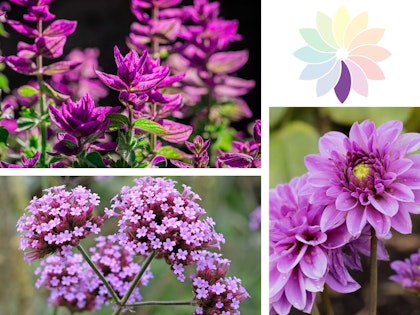
Monochromatic Colors
Focus on shades, tints, and tones of a single color for a cohesive and elegant look.
Example: Shades of purple with lavender, salvia, and verbena.
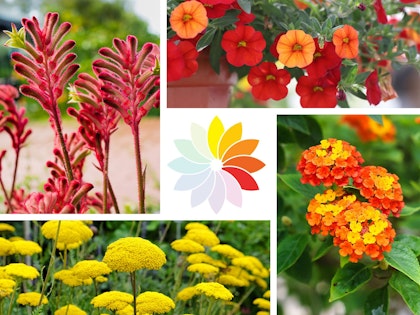
Analogous Colors
Use colors that are next to each other on the color wheel for a harmonious blend.
Example: Yellow, yellow-orange, and orange with marigolds, calendula, and nasturtiums.
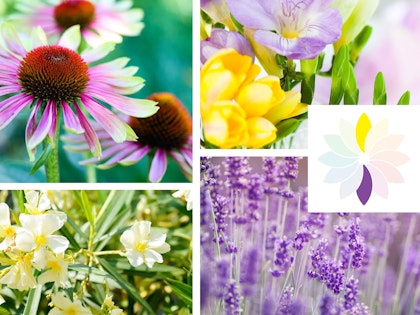
Complementary Colors
Pair colors that are opposite on the color wheel for bold contrast.
Example: Blue and orange with delphiniums and marigolds.
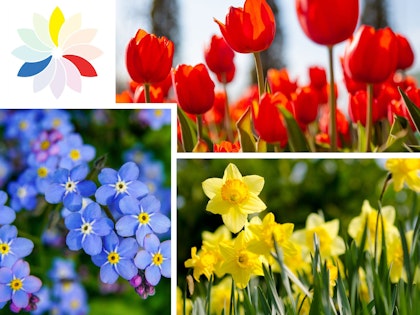
Triadic Colors
Combine three colors evenly spaced on the color wheel for a vibrant and balanced look.
Example: Red, yellow, and blue with tulips, daffodils, and forget-me-nots.

Pollinator-Friendly Colors
Choose purples, yellows, and whites to attract bees and butterflies.
Step 3: Using Color in Your Garden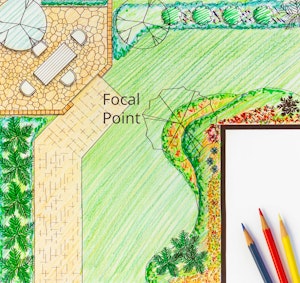
- Create Focal Points: Use bold colors like red or orange to draw attention to key areas such as entryways, seating areas, or garden art.
- Blend with the Surroundings: Select colors that complement your home’s exterior or nearby landscape.
- Seasonal Color Planning: Plant with bloom cycles in mind to ensure continuous color throughout the year:
- Spring: Tulips, daffodils, pansies.
- Summer: Zinnias, sunflowers, petunias.
- Fall: Chrysanthemums, ornamental kale, asters.
- Winter: Camellias, hellebores, cyclamen.
- Incorporate Foliage: Use plants with colorful leaves, such as coleus, heuchera, or variegated grasses, to add depth and texture.
Step 4: Tips for Success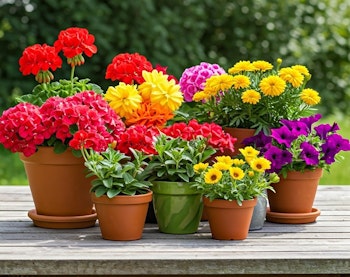
- Test Your Palette: Arrange flowers in pots before planting to visualize your color scheme.
- Balance Bold Colors: Use them sparingly and pair them with softer hues or neutral foliage.
- Layer Heights and Textures: Combine tall, spiky plants with low, mounding plants for visual interest.
- Adapt to Light Conditions: Bright colors pop in sunny spots, while cool tones shine in shaded areas.
Step 5: Example Color Combinations for the Bay Area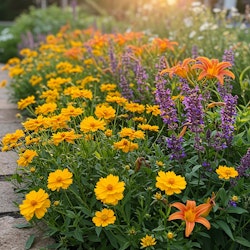
- Sunny Border: Yellow coreopsis, orange daylilies, and purple salvia.
- Shade Garden: White astilbe, blue hostas, and pink impatiens.
- Pollinator Patch: Lavender, yellow yarrow, and red bee balm.
Recommended Plants for Your Color Schemes
| Color | Flowers |
|---|---|
| Red | Roses, geraniums, snapdragons |
| Orange | Marigolds, nasturtiums, California poppies |
| Yellow | Sunflowers, coreopsis, black-eyed Susans |
| Green (Foliage) | Hostas, ferns, ornamental grasses |
| Blue | Delphiniums, lobelia, hydrangeas |
| Purple | Lavender, salvia, verbena |
| White | Shasta daisies, alyssum, camellias |
Conclusion
With a little planning and creativity, you can design a garden that is not only beautiful but also uniquely yours. Use color theory to guide your choices and transform your outdoor space into a stunning, harmonious retreat. Experiment with different combinations and enjoy the process of creating your masterpiece!

